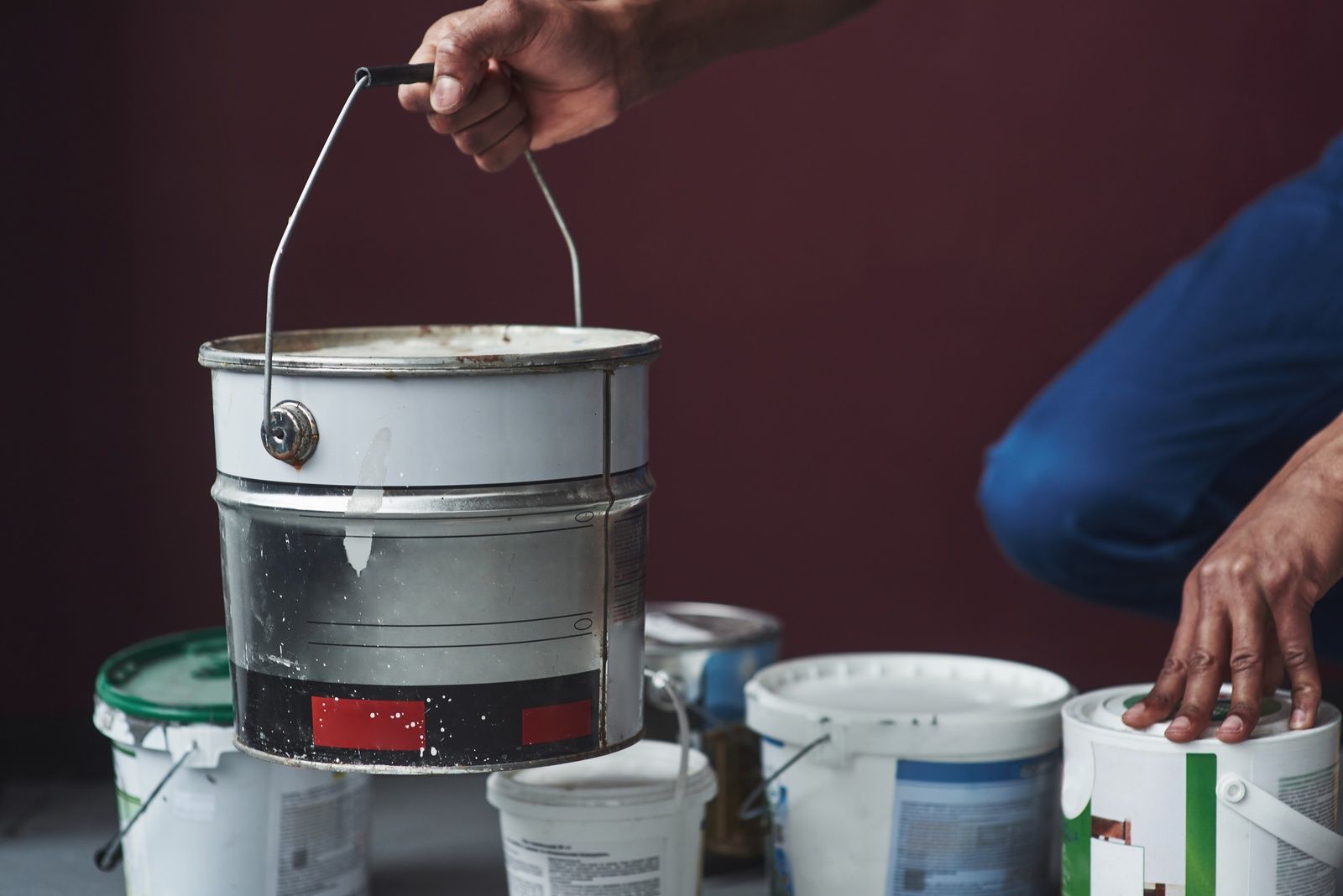
How Should I Clean My Painted Walls?
Welcome, to our guide on keeping your painted walls clean and beautiful! Today, we are going to learn about the best way to clean those painted walls using some helpful tips from Painter Ratings. First things first, we need to determine the type of paint on your walls. Don’t worry, it’s not as complicated as it sounds! Next, we’ll talk about dusting the walls to remove any pesky dirt and debris. Then, we will move on to washing the walls to get rid of any stubborn stains. And if you come across any tough stains in the paint, we’ll give you some clever tips to target and tackle them. Just in case you can’t clean the wall completely, we have a solution – using touch-up paint! So grab your cleaning supplies and let’s dive into the wonderful world of clean-painted walls!
Determine the type of paint first
Determining the type of paint on your walls involves a few simple tests and observations:
1. Visual Inspection
- Matte Paint: Appears flat with no shine. If the walls show no reflection under direct light, it’s likely matte.
- Eggshell and Satin: Have a slight sheen. Eggshell reflects a bit of light, while satin has a more noticeable gloss, but both are subtler compared to gloss finishes.
- Semi-Gloss and Gloss: These are highly reflective and shiny, easy to spot under light.
2. Touch Test
- Texture and Feel: Gently rub the surface. Matte and eggshell finishes feel smooth but not slick. Satin has a soft sheen and feels slightly smoother. Semi-gloss and gloss finishes feel slick and almost greasy to the touch due to their high sheen.
3. Water Absorption Test
- Absorption Rate: Dab a small amount of water on the wall. Water-based (latex) paints tend to repel water, so if the water beads up, it’s likely water-based. If it absorbs slightly or stains, it might be oil-based.
4. Solvent Test
- Test with Rubbing Alcohol: Apply a small amount of rubbing alcohol on a cotton swab and gently rub it on the wall in an inconspicuous area. If the paint starts to come off, it’s likely water-based. Oil-based paints are not affected by alcohol.
Dusting the Walls
One way to remove dust from walls is by using a duster or a soft cloth. Gently wipe the duster or cloth across the surface of the wall in a downward motion. This will help collect the dust without spreading it around.
You can also use a vacuum cleaner with a soft brush attachment to suck up the dust from your walls. Make sure to be extra careful and gentle while using a vacuum cleaner on walls to avoid any scratches. Start from the top of the wall and work your way down. This way, any dust that falls downward will be caught by your cleaning tool. You can also use a step stool or ladder to reach higher areas. Just remember to have an adult help you if it’s too high for you to reach safely.
Dusting your walls not only helps to keep your home clean, but it also plays a role in maintaining good air quality. So, put on some music, roll up your sleeves, and have fun dusting those walls to give your room a fresh and clean look!
Washing the Walls
Before you begin, it’s important to check the type of paint on your walls. Some walls have a flat or matte finish, while others have a shiny or glossy finish. This information can help you select the right product from Painter Ratings that suits your needs.
Next, fill your bucket with warm water and add a small amount of mild soap. Mix it gently until it forms a soapy solution. Make sure to test the solution on a small, inconspicuous area of the wall to ensure it won’t damage the paint. If all looks good, you’re ready to clean!
Dip your sponge or cloth in the soapy solution and wring out any excess water. Starting from the top of the wall, gently wipe downward in a smooth motion. It’s important to be gentle and not scrub too hard, as this can damage the paint. For stubborn marks or stains, you can apply a bit more pressure, but always be cautious.
Targeting Stains in the Paint
Stains can be caused by many things, like dirt, food, or even crayon marks. It’s important to take care of them so our walls or paintings can look their best. First, you need to identify the type of stain you’re dealing with. Is it a greasy stain or maybe a colorful mark? Each type of stain might need a different approach to be removed successfully.
Once you know what stain you’re dealing with, you can choose the right product. For example, if you have a greasy stain, you may need to find a special grease remover. Next, make sure you have all the materials you need. You’ll usually need the stain remover, a clean cloth, and sometimes warm water. Read the instructions on the product carefully to know how to use it correctly. Apply a small amount of the stain remover on the stain. Then gently rub the stain in a circular motion using the clean cloth. Be patient and take your time. The stain might not disappear right away, but keep rubbing gently, and you’ll start seeing results.
Oonce the stain is gone or reduced, wipe the area with a clean cloth dipped in warm water. This will remove any residue from the stain remover. Remember, it’s important to follow all the safety instructions and ALWAYS spot check in an inconspicuous area before using somewhere highly visible to check for reactivity with the type of paint on your walls.
Use Touch-Up Paint
If you find some marks or stains on your wall that just won’t come off no matter how hard you try to clean them, don’t worry! There’s a solution for you – you can use touch-up paint to make those marks disappear. So, what is touch-up paint? Well, it’s simply leftover paint that has the same color as your wall. It helps to cover up small imperfections on the surface, like scruffs, scratches, or little spots that are hard to clean. If you accidentally bumped your backpack against the wall, or if a marker made an accidental mark, touch-up paint can save the day!
Using touch-up paint is super easy too. First, you need to make sure the area you want to paint is clean and dry. You can use a soft cloth or sponge to gently wipe away any dust or dirt. Then, shake the touch-up paint really well. This will make sure the paint is mixed properly and ready to use.
Next, open the touch up paint bottle and dip a small brush into it. You only need a little bit of paint to cover the mark, so be careful not to use too much. Once you have some paint on the brush, gently apply it to the mark on the wall. Use smooth and even strokes to cover the area completely. If needed, you can add more layers of paint after the first one dries.
After you’re done applying the touch up paint, let it dry completely. It usually takes a couple of hours, but make sure to check the instructions on the container just to be sure. Once it’s dry, step back and take a look at your wall. The mark will magically disappear, and your wall will look as good as new!



Leave a Reply